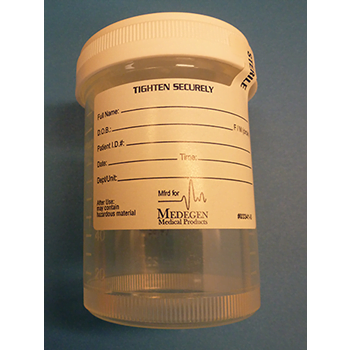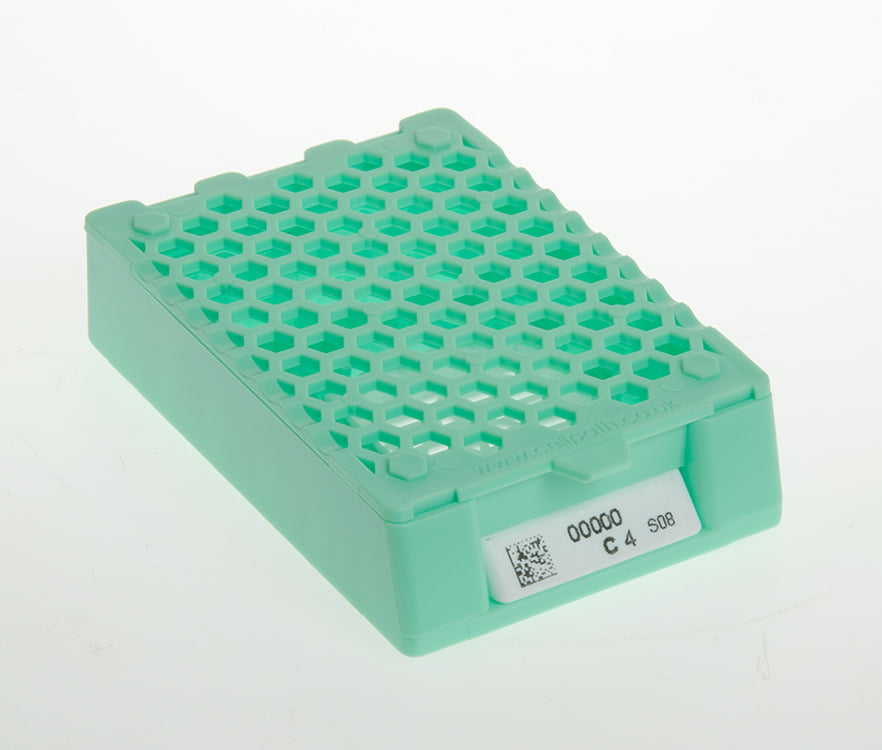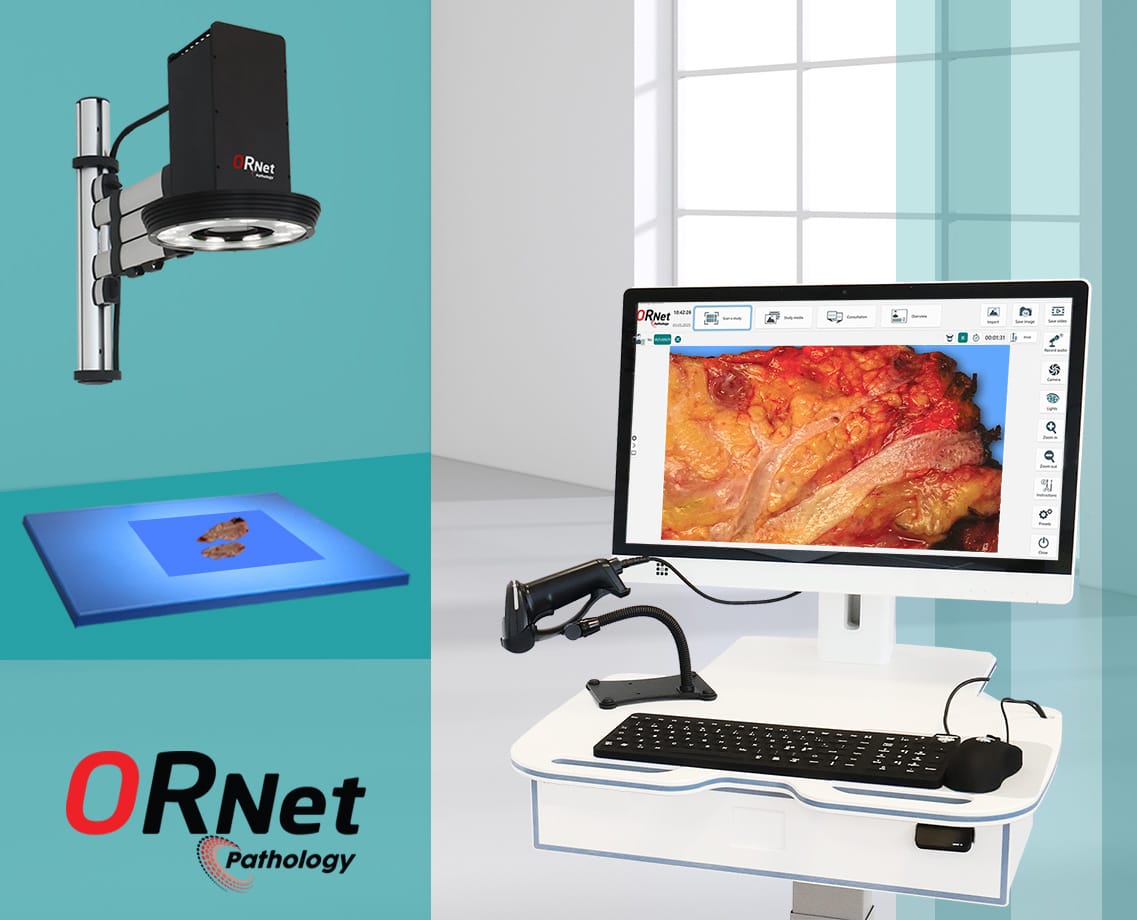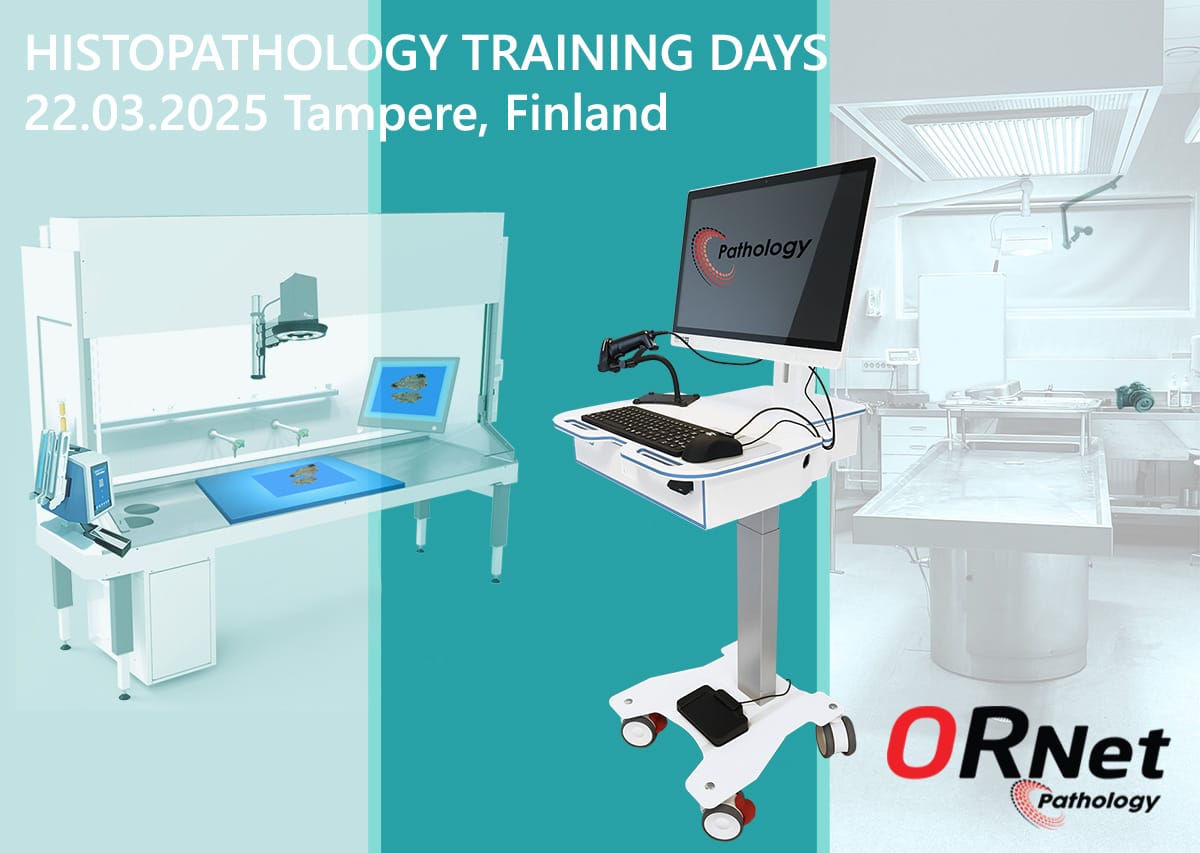Patient security is a top priority in any medical field, and pathology is no exception.
Ensuring the accuracy and reliability of pathology results is critical to providing the best possible care to patients.
One of the ways to enhance patient security in pathology is through the use of container and cassette verification during macro processing.
This helps to prevent errors, ensure accurate identification of the specimen, and improve the accuracy and reliability of the results.
In this blog post, we’ll explore the importance of these steps and how they contribute to patient security in pathology.
What is Macro Processing in Pathology
Macro processing involves the gross examination of tissue samples to identify any abnormalities or lesions that may require further analysis.
In simple words, macro processing refers to the way in which tissue samples are prepared for microscopic examination. This involves several steps, including fixation, dehydration, and embedding, which are all necessary to ensure accurate diagnoses and treatment plans.
Container and Cassette Verification in Macro Processing for Patient Security
In healthcare settings, macro processing is used to analyze tissue specimens for a variety of purposes, including cancer diagnosis and treatment planning. And errors in processing can lead to misdiagnosis, delayed treatment, or even harm to the patient.
Therefore, accurate macro processing is essential in ensuring patient safety in pathology.
For instance, if a tissue sample is put into the wrong cassette, it may lead to a wrong diagnosis. That, as a result, can lead to inappropriate treatment for the patient.
This is where containers and cassette verification come in.
Containers are used to transport and hold the tissue samples for macro processing, while cassettes are used to hold the processed tissue samples before they are mounted on slides for microscopic examination.
Every specimen container is usually labeled with the patient’s identification, the site of the biopsy, and the date of the procedure. Similarly, cassettes are also labeled with cassette numbers and other information.


Their verification process involves two things.
First is checking the label on the container to ensure that it matches the patient’s identification information and that the specimen has not been mislabeled.
And secondly, confirming that the correct tissue sample is placed in the corresponding cassette after specimen processing and that the cassette is properly labeled.
Many pathology labs also use systems with Barcodes for both container and cassette verification. That makes the verification process much simpler and faster as they don’t have to cross-check anything manually.
Ensuring Patient Security via Containers & Verification in Pathology
Container & cassette verification are key components of accurate macro processing and play a crucial role in ensuring patient security. Here’s how it helps.
Traceability
Specimen container and cassette verification help to ensure the traceability of specimens throughout the entire macro-processing workflow.
By verifying the container and cassette, the laboratory can track each specimen from collection to final diagnosis. This helps to maintain an accurate and complete record of the patient’s diagnosis and treatment history.
Avoiding Mixups
One of the primary benefits of specimen container and cassette verification is avoiding mixups. Mixups can occur due to errors in labeling, identification, or handling.
Verification of specimen containers and cassettes helps to confirm the patient’s identity, the type of specimen, and the collection site to ensure that the correct specimen is collected and processed.
If an error is detected, these containers and cassettes can be traced back to the previous steps to determine where the error occurred and correct it.
Cross Contamination Prevention
Another essential benefit of specimen container and cassette verification is preventing cross-contamination. Cross-contamination can occur due to incorrect labeling or handling of specimens. This can lead to inaccurate results and potential harm to the patient. Verification of specimen containers and cassettes ensures that the right specimen is collected and processed in the right container and cassette, avoiding cross-contamination between specimens.
Summing Up
In conclusion, verification of specimen containers and cassettes is critical to ensure patient security in Pathology macro processing. It helps to avoid mixups, ensure traceability, and prevent cross-contamination. The accuracy and integrity of specimens are essential for accurate diagnosis and treatment, and verification of specimen containers and cassettes plays a crucial role in achieving these goals.



